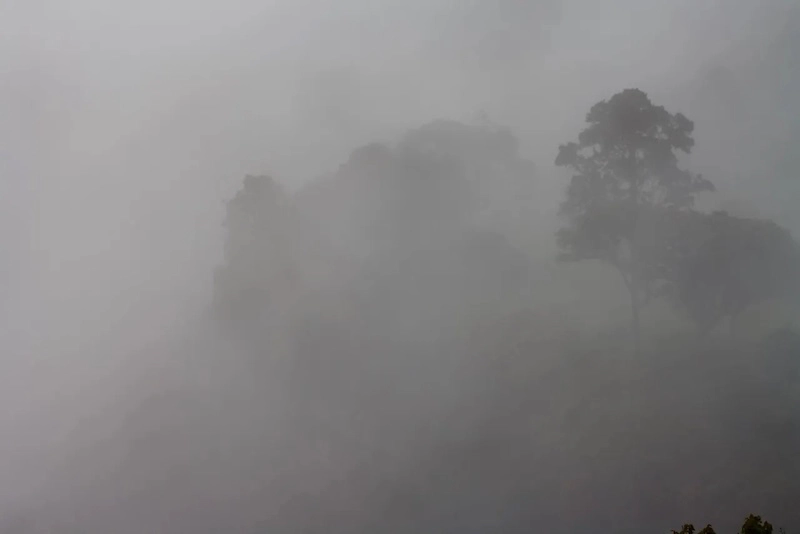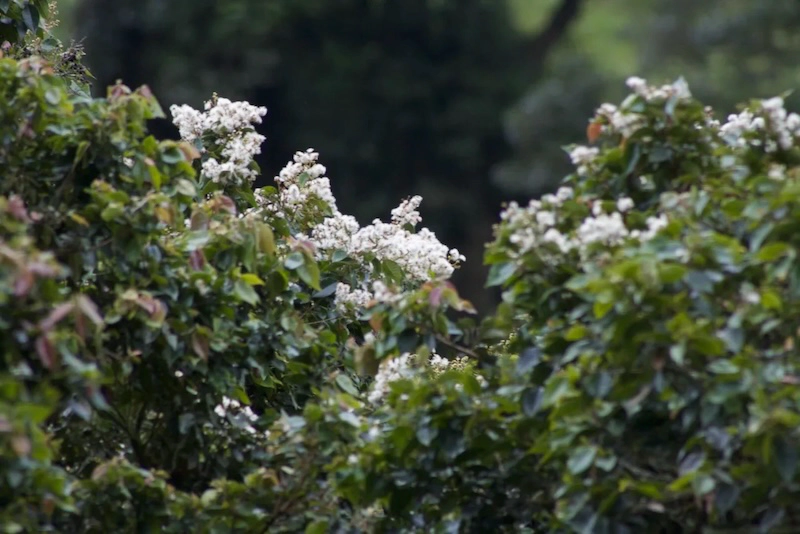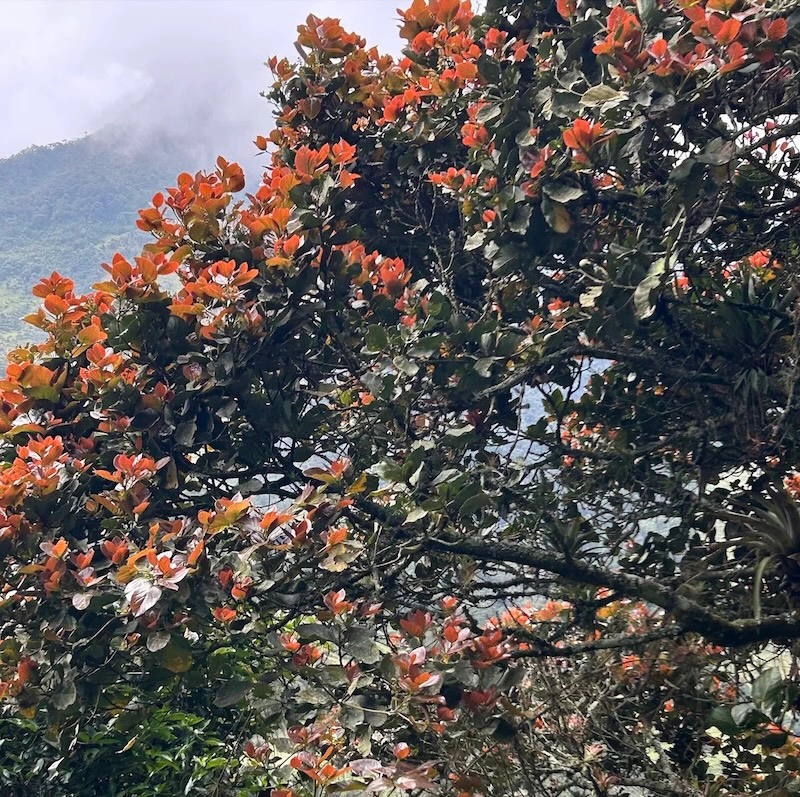The Constant Pendulum Movement of Life in Yátaro.
In Yátaro life follows a rhythm that transcends our conventional notions of abundance and scarcity. The cycles of existence within the reserve are subtle, yet there’s never a month when the cadence of activity falters. During our initial months here, we were mainly attuned to the flow of the dry and rainy seasons—a defining feature of the tropics, where seasons pivot on water cycles rather than the Earth’s tilt and proximity to the sun. However, over time, we’ve come to realize that seasons are just one layer of the perpetual pendulum dance of life.
Let’s begin with the most conspicuous movement—the seasons. The dry season stretches from late November to early April, peaking in January, when days pass without a single drop of rain, not a trace of a cloud in the sky. It can be very dry, with river levels plunging, and temperatures rising to 27 degrees Celsius (80°F), a high mark considering our altitude.

The pendulum swings back during the rainy season, when the cloud forest is at its peak. This time of year is characterized by relentless rainfall, and for weeks on end, the sun remains hidden. July marks the peak of this wet season, where harsh weather and constant low temperatures compel us to run away elsewhere, far from the biting cold and relentless downpours.

Here follows the next, subtler movement—plant and animal life. One might assume that the wet season correlates with abundance, and the dry season with scarcity, following the age-old notion that plants require water to thrive. In principle, this is true, but after a couple of years, we’ve noticed that water scarcity triggers a series of processes in the forest that defy intuition.

One revelation is that most trees burst into blossom during the dry season—a remarkable spectacle to behold. Insects, acting as pollinators, swarm around these early summer blooms, creating an effervescent atmosphere. The protein-rich banquet doesn’t go unnoticed by flycatchers and other birds who join the feast.
But the spectacle doesn’t end there. Some hummingbirds arrive early in the morning, sipping moisture from spiderwebs while occasionally indulging in trapped insects or even the spiders themselves. Others come to nectar on the blossoms of Uvitos (Macleania rupestris), Bomareas (Bomarea multiflora) and Fuchsias (Fuchsia venusta), which bloom from November to February. We’ve even witnessed fierce territorial disputes over a prized Uvito tree.
This flurry of activity unfolds during the summer months and concludes as the early-blooming trees yield fruit. These fruits, in turn, sustain animals during the wetter, rainier days from April to August. While it’s not a universal rule—Guacharacos (Cupania sp.) bloom in August, and Cedros (Cedrela montana) follow their own schedule—distinct changes accompany each season, unveiling a continual procession of life.
During the rainy season, the forest transforms into a tapestry of greens. The vibrant colors of summer give way to a surreal array of greens, ranging from reddish to pale yellow. Most plants and trees, seemingly dormant before, undergo a dramatic transformation. It’s our favorite season for planting trees, as water flows so abundantly that the risk of losing a seedling is nearly nonexistent.

However, certain life forms take a step back during “winter” —or perhaps they migrate to sunnier places like us? 😆 The pendulum swings once more, and as hummingbirds and parakeets retreat, other creatures make their entrance. Amphibians take center stage, and the early evening air is filled with the croaking and singing of frogs and toads.
It’s as if nature is engaged in a perpetual relay race, where energy flows are passed from one organism to the next, each getting its moment in the spotlight before stepping aside to make way for the next participant. With each swing of the pendulum, nature accumulates the “kinetic” energy necessary to swing back, ensuring that every living being enjoys its “fifteen minutes of fame.”